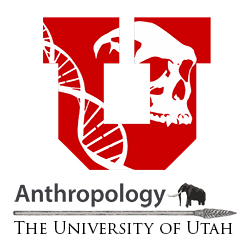Re-Evaluating the Dietary Significance of Gambel Oak Acorns (Quercus gambelii) in the Great Basin, Colorado Plateau, and Southwest: Evidence From Experimental Foraging and Direct Bomb Calorimetry
Authors:
Hayley T. Kievman, Gregory R. Burns, and Alexandra M. Greenwald
Abstract:
Ethnographic evidence documents the exploitation of Gambel oak (Quercus gambelii) acorns as a food resource in the Great Basin, Southwest, and Colorado Plateau. However, a paucity of identified macro- and micro-botanical acorn remains in the archaeological record has resulted in a critical underestimation of the significance of the resource for Indigenous groups in these regions. This paper reports data from 18 hours of experimental Gambel oak acorn foraging and direct bomb calorimetry to evaluate whether Gambel oak acorns would have been profitable for Holocene foragers and incipient maize agriculturalists. Results show that Gambel oak acorns return a substantial amount of calories at 5,711.12 kcal per hour foraging and were likely a significant resource for early- and middle Holocene hunter-gatherers and an important fallback resource for late-Holocene maize agriculturalists in the region.
This publication can be viewed here

